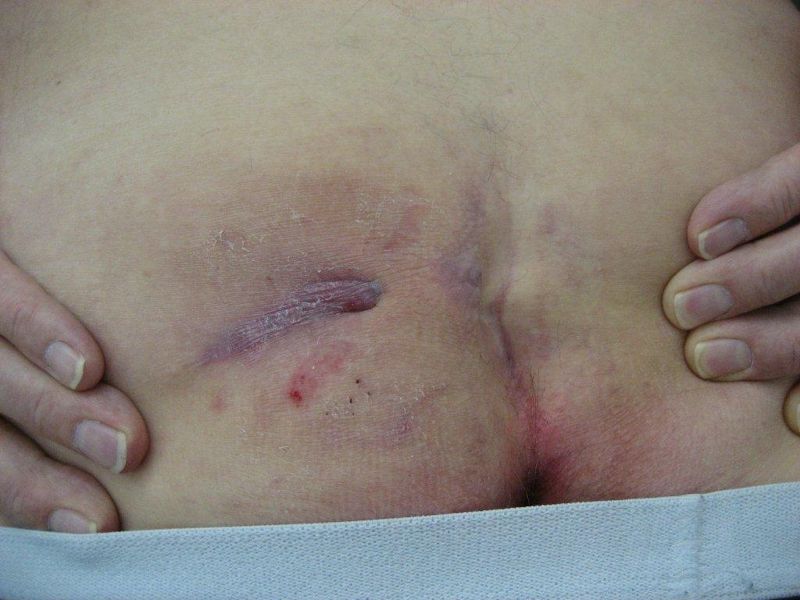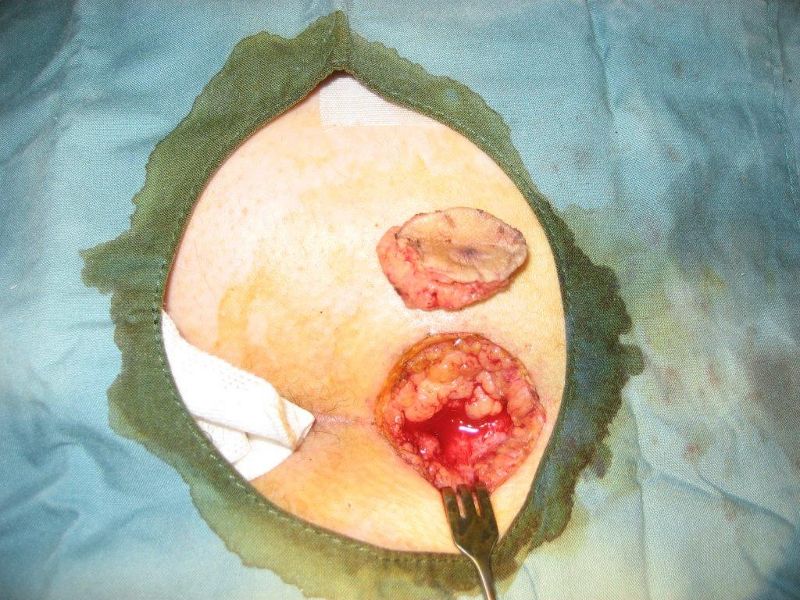Do men undergo menopause? If yes, then how do we diagnose it and treat it?
The medical term for male menopause is andropause. “Andro” stands for androgen – a male sex hormone, such as testosterone or androsterone, which controls the development and maintenance of masculine characteristics. Andropause is also known as ADAM (androgen decline in the aging male).
Amongst physicians, some believe in male menopause and others do not. There is not a consensus case definition for androgen deficiency. The main reason is that the clinical manifestations of testosterone deficiency are usually subtle and variable. This results in poor understanding of the condition.
In order to provide an evidence-based foundation for diagnosis and management of andropause, the Endocrine Society recently published clinical practice guideline (J. Clin. Endo. Metab. 2010; 95:2536-59) to help physicians treat this poorly understood condition.
The full title of the document is, “Testosterone Therapy in Men With Androgen Deficiency Syndromes: An Endocrine Society Clinical Practice Guideline.”
At what age does testosterone deficiency in men start?
The precise age at which testosterone levels start to decrease is not known. Testosterone levels decline by one to two per cent per year in older men, and the circadian (biological rhythm) variability of levels present in younger men is also commonly lost with aging, says the guideline. Hence, the symptoms of testosterone deficiency in men vary with the age of onset and degree of testosterone deficiency.
Aside from the normal aging decline in testosterone production by the testicles, there are many other reasons why testicular function may fail. Such as: testicular injury, infection, tumours, surgery and effect of other hormonal problems.
What kind of symptoms testosterone deficiency produces?
According to the guideline, the signs and symptoms most consistent with testosterone deficiency include decreased libido, erectile dysfunction, gynecomastia (enlargement of male breast), loss of body hair, hot flushes/sweats, bone loss and/or low-impact fractures, absence of sperms in the semen/infertility, and incomplete sexual development.
A variety of less-specific symptoms also may be attributable to testosterone deficiency: decreased energy or mood, sleep disturbance, poor concentration, modest anaemia and increased body fat with decreased muscle bulk/mass, says the guideline.
How to make a diagnosis?
Besides evaluating the clinical symptoms, a morning total testosterone level is the recommended initial test for androgen deficiency. If low, then this should be repeated to confirm the results. Some patients who suffer from chronic illnesses might require measurement of free testosterone levels.
Testosterone level is highest in early morning and can decrease by 35 percent in the mid-afternoon and evening. Early morning testosterone level less that 7 nmol/l indicates that a man has poor testicular function. This will warrant further investigation to find the reason for low level. Is it a primary testicular problem or secondary to other medical conditions?
The guideline is very specific in saying that testosterone deficiency should not be diagnosed without the presence of both symptoms and low testosterone levels.
Does testosterone therapy work?
The guideline says that the randomized trials of testosterone replacement in men with testosterone deficiency have shown consistent improvement in bone density, lean body mass with concomitant reduction in fat mass and sense of physical well-being.
The trials were less consistent in effects on muscle strength, libido, erectile function, quality of life, depression, cognition and muscle strength. Testosterone replacement has not been demonstrated to reduce fractures. Many of the trials are limited by small sample size and short follow-up.
Testosterone treatment is not recommended in men with breast or prostate cancer, elevated PSA, and/or unevaluated prostate abnormality, those at high risk for prostate cancer, those with severe lower urinary tract symptoms or in men with hematocrit greater than 50 per cent, untreated sleep apnea or poorly controlled heart failure. Men treated with testosterone replacement should be evaluated on regular basis.
Start reading the preview of my book A Doctor's Journey for free on Amazon. Available on Kindle for $2.99!






